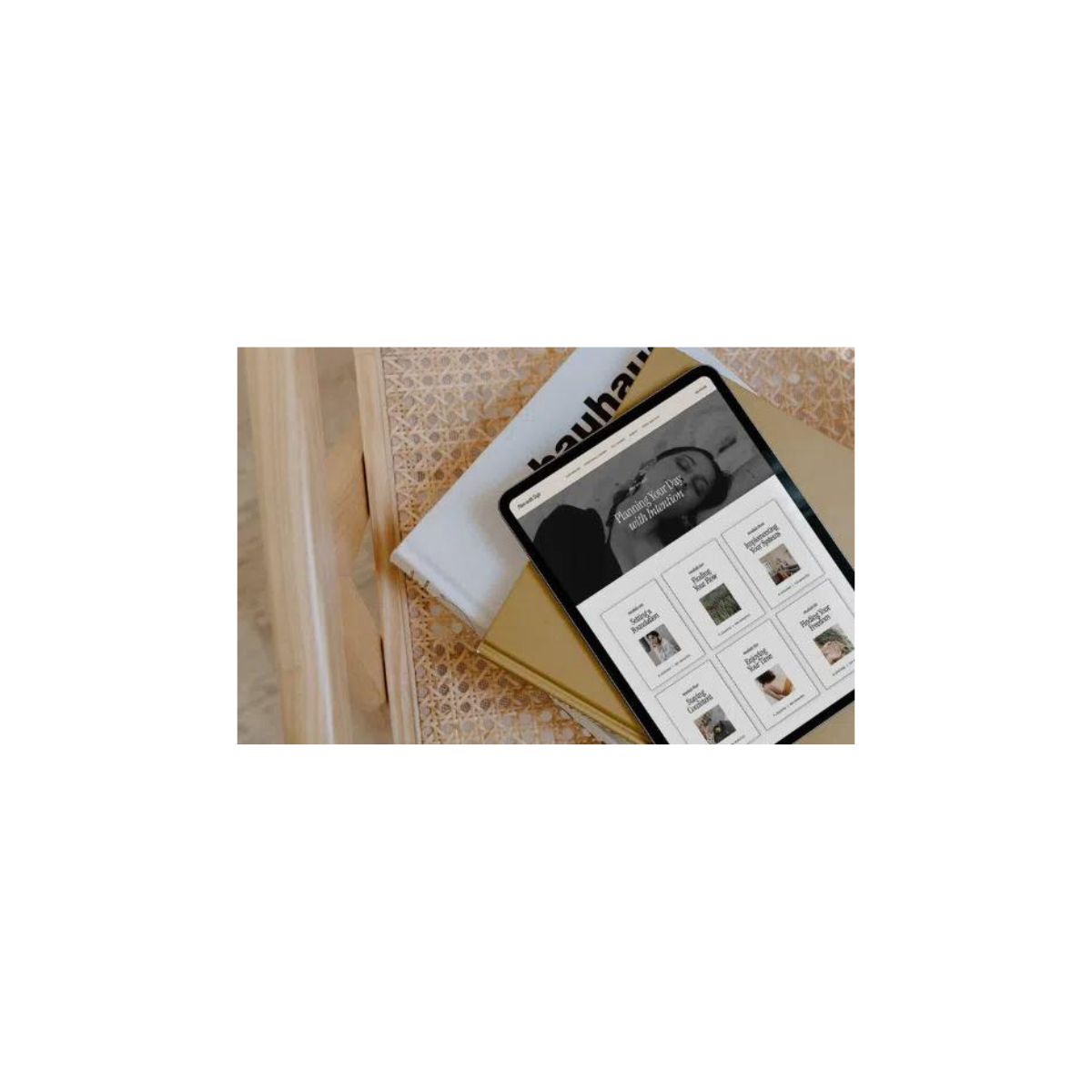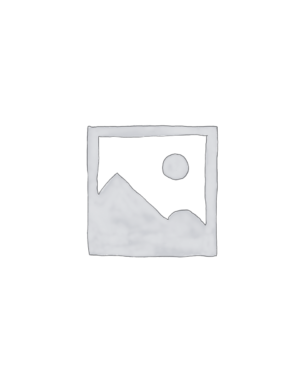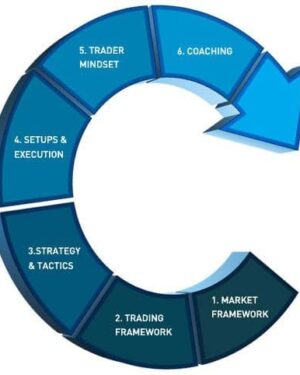Charis Pope – Web Designer Library
Original price was: $497.00.$30.00Current price is: $30.00.
Description
Web design is more than simply making attractive pages; it’s about developing an engaging user experience that draws visitors in and lets them navigate your information with ease. Here at Charis Pope – Web Designer Library, we’ll delve into the nuances of web design today. Regardless of your level of experience, this tutorial will help you become a successful designer.
Recognizing the Fundamentals of Web Design
Understanding the fundamental ideas behind a great website is essential before venturing into the creative realm of web design. These core components guarantee an engaging user experience, clear communication, and successful engagement.
The Foundations of Effective Web Design
Designing User Experience (UX): The foundation of any website is UX design. It centers on the emotions and impressions of the end-user when they engage with the website. UX research is essential as 75% of people rely their opinion of a company’s legitimacy on the appearance of its website.
Responsive design: Considering that mobile devices account for more than 50% of all online traffic, having a website that looks fantastic across all screen sizes is essential. Your website will look good and be easily navigable on PCs, tablets, and smartphones thanks to responsive design.
Visual Hierarchy: This refers to how your site items are presented and arranged to efficiently draw in and direct users’ attention. By employing alignment, contrast, size, and color, you may point visitors to the most important sections of your website.
Typography and Readability: Well-designed typography makes text easier to read and accessible, which improves usability. Make sure the text is the right size, choose typefaces that go well with your design, and keep contrast with the backdrop.
Selecting the Appropriate Instruments
Your design process might succeed or fail based on your toolbox. These well-known resources are some things that each web designer ought to think about:
One of the best UX/UI design tools for wireframing and prototyping is Adobe XD.
Sketch: A well-liked tool for producing vector graphics among Mac users.
Figma: With its collaborative features, this platform is perfect for distant teams.
The Process of Creativity
After going over the fundamentals, let’s explore the web design process in detail. This is the point where your design truly comes to life and becomes remarkable.
Investigating and Motivating
Investigate your competition and target market first. Understanding your target audience will help you adjust your design to suit their tastes, and studying your rivals’ work may provide ideas. Design inspiration may be found in abundance on websites such as Dribbble and Behance.
Prototyping and Wireframing
Your website’s blueprint, or wireframe, describes the layout and structure of the page without using any colors or graphics. This stage guarantees a logical flow from one area to the next and aids in the overall visualization. Proceed to prototype using programs like Adobe XD or Figma after wireframing.
Create and Produce
When you have prototypes and wireframes, you can begin developing the website itself. Be mindful of:
Color schemes: Select a color scheme that embodies your brand and arouses the appropriate feelings.
Imagery & Graphics: Employ vector graphics and high-quality photos to enhance your writing.
Interactivity: To increase user involvement, include interactive forms, sliders, and buttons.
Work together with developers throughout the development process to make sure your design is effectively translated into a working website. The significance of skilled development is underscored by the projection that the worldwide web development industry would reach $10.6 billion by 2025.
Testing and Deployment
An essential step in the web design process is testing. Test everything thoroughly on various devices and browsers to make sure everything functions as it should. Before releasing your website, don’t forget to get customer feedback and make the required improvements.
Keeping Up with the Trends
Web design is always changing, with new trends emerging often. Keeping up with the most recent developments might offer you a competitive advantage. Observe the following trends:
Dim Mode
The sleek appearance and less eye strain of dark mode have made it more and more popular. Adding a dark mode option can enhance user experience, particularly when browsing at night.
Small-Scale Exchanges
Subtle animations known as “micro-interactions” direct users and offer feedback. They enhance the browsing experience by introducing a layer of interaction.
Simplifying
It’s better to have less. Essential components are the main emphasis of minimalist designs, which also eliminate clutter and improve readability and navigation.
In conclusion, improve your knowledge about web design
The fascinating subject of web design is where utility and creativity come together. You can make beautiful and useful websites by understanding the fundamentals, using the appropriate resources, and keeping up with the latest developments. Recall that learning is an ongoing process.
Our goal at Charis Pope – Web Designer Library is to support your professional development as a designer. Aware that you need to advance your abilities? Check out our in-depth Advanced Web Design course to bring your imaginative ideas to life.
You’ll consistently improve your skill and produce amazing site designs that attract and convert if you put these suggestions into practice and maintain your curiosity. Continue to explore the limits of your imagination, and have fun with design!




